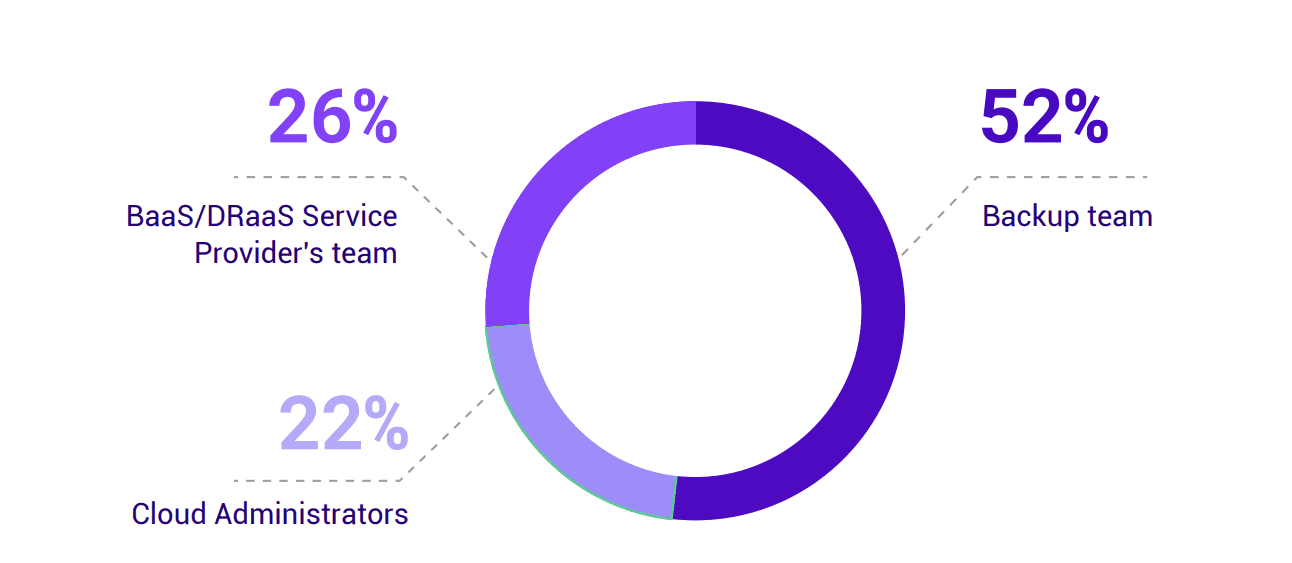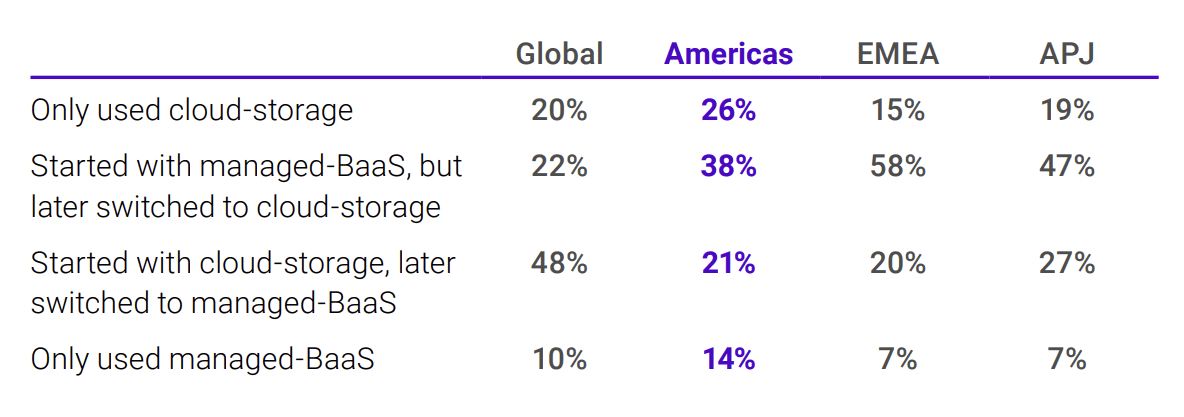As IT leaders navigate the unpredictable landscape of cyber threats, having a comprehensive cloud protection plan is essential to maintain data security. With cyber attackers becoming increasingly more sophisticated and threats posed by malicious actors on the uprise, protecting your organization’s cloud assets has never been so challenging – or important.
Veeam Software released a report on the cloud protection trends organization will adopt in 2023 and here are the key points for you.
Back up of cloud-hosted workloads after they are brought online in the cloud and assistance in migration from cloud to data center
Most organizations with a “cloud first” strategy will start new workloads in the cloud. About 1/3 of cloud servers are launched in a cloud host, while 2/3 are migrated from the data center. However, many organizations have brought workloads back from the cloud at some point.
It will be interesting to know how many workloads organizations bring back on-premises varies by region. In the Americas, 99% of organizations brought workloads back to their data centers for reasons including needing to recover from a disaster, staging new production, or realizing that the cloud was not a good fit for that workload.

Data protection strategies in 2023 will need to not only back up cloud-hosted workloads after they are brought online in a cloud, but also ideally be able to assist in the migration from cloud to data center, or cloud to alternative cloud, based on business requirements.
Protection for file shares and databases
91% of global organizations surveyed use cloud providers for file services and/or databases. So, even though most server instances are still being lifted and shifted, the diverse mix suggests that data protection strategies in 2023 and beyond for cloud-hosted environments must protect the range of file shares and databases that are now running from cloud services.

Some organizations do not realize how important it is to keep old versions and have long-term retention for data stored on the cloud. Cloud services are usually very reliable, which might make the organization think they don’t need to back up their data. However, it is still important to back up data even if it is stored on the cloud.
Several teams contribute to data protection strategy, but backups are backups
Today, cloud-hosted environments are seeing a better range of inputs that include cloud specialists and application owners. This is even more than what was seen last year. Once the strategy is established, most backups for cloud-hosted workloads are done by the same team that backs up data center workloads. This is a 2:1 ratio, with 69% being backup admins and 31% being cloud admins.
For organizations that use Backup as a Service (BaaS) for their cloud-hosted workloads, the BaaS team manages the backup jobs 25% of the time. The backup and cloud teams still maintain a 2:1 ratio of the self-managed jobs, proportionally.

Server resilience or built-in “undo” functions do not negate the need for backup of M365 data
A few years ago, most organizations did not see the need for backups of M365. They thought that the built-in recycle bin was good enough. Today, only 4% of organizations rely solely on the recycle bin, compared to 47% in 2021. Meanwhile, 78% now use a third-party backup, compared with 45% in 2021.
Most of the people who use the enhanced versions of M365 know that those capabilities are for things other than just “backup” or long-term storage. More than 3 out of 4 people use a third-party product or BaaS to back up M365. Also, it is important to note that the most common place to store data from M365 is Azure Storage, which 42% of organizations use. This can help a lot with recovery if separate credentials are used to minimize cyber risks.
Cloud protection in 2023
42% of organizations use cloud storage within their data center backup solution, while 58% use BaaS.
Respondents first added cloud capabilities to their data protection strategy either by using cloud storage, as part of a traditional data protection solution or by enrolling in a managed BaaS subscription.
But today, 70% of people switched from self-managed backups to BaaS or vice versa. Of those that switched, nearly twice as many switched TO BaaS FROM Cloud-storage. This means that many people started with self-managed backups that used cloud storage (for example, hyperscale bucket/blob) but later decided to get help from a service provider.

46% of organizations choose to manage their backup jobs themselves but rely on a BaaS provider to maintain the backup server/services. This can significantly relieve IT teams by removing the need to monitor and manage backup servers, storage, software patches, etc.
31% of organizations prefer to delegate most backup operations like backup job monitoring, capacity planning, alerts, and even restore tasks to BaaS service desks.

Image and source credits: Veeam
Read next: 25% of SMBs cite lack of time as a challenge to manage cyber risks, reveals DigitalOcean








